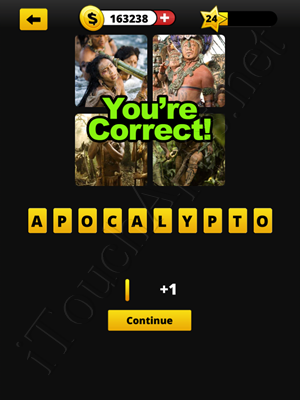

The question of whether it is possible for machines to think has a long history, which is firmly entrenched in the distinction between dualist and materialist views of the mind. 7.4 The Alan Turing Year, and Turing100 in 2012.7.2 2005 Colloquium on Conversational Systems.5.11 Universal Turing test inspired black-box-based machine intelligence metrics.5.9 Other tests based on compression or Kolmogorov complexity.5.2 Distinguishing accurate use of language from actual understanding.4.6 Impracticality and irrelevance: the Turing test and AI research.3.3 Emphasis on emotional and aesthetic intelligence.2.4 Should the interrogator know about the computer?.Some of its criticisms, such as John Searle's Chinese room, are themselves controversial. Since Turing introduced his test, it has been both highly influential and widely criticised, and has become an important concept in the philosophy of artificial intelligence. In the remainder of the paper, he argued against all the major objections to the proposition that "machines can think". Turing's new question is: "Are there imaginable digital computers which would do well in the imitation game?" This question, Turing believed, was one that could actually be answered. It opens with the words: "I propose to consider the question, 'Can machines think? '" Because "thinking" is difficult to define, Turing chooses to "replace the question by another, which is closely related to it and is expressed in relatively unambiguous words." Turing describes the new form of the problem in terms of a three-person game called the "imitation game", in which an interrogator asks questions of a man and a woman in another room in order to determine the correct sex of the two players. The test was introduced by Turing in his 1950 paper " Computing Machinery and Intelligence" while working at the University of Manchester. The test results would not depend on the machine's ability to give correct answers to questions, only on how closely its answers resembled those a human would give. If the evaluator could not reliably tell the machine from the human, the machine would be said to have passed the test. The conversation would be limited to a text-only channel, such as a computer keyboard and screen, so the result would not depend on the machine's ability to render words as speech. The evaluator would be aware that one of the two partners in conversation was a machine, and all participants would be separated from one another. Turing proposed that a human evaluator would judge natural language conversations between a human and a machine designed to generate human-like responses. It is necessary to perform all levels correctly, earn as many points as possible.The Turing test, originally called the imitation game by Alan Turing in 1950, is a test of a machine's ability to exhibit intelligent behaviour equivalent to, or indistinguishable from, that of a human. It can be done in a direct sense, that is, to gather all associations to a photograph. In each separate task there is a definite goal. SOLVED 10 – RACKET, TENNIS, HANDLE, FRAME, PURPLE, BALL, STRINGS, SMILE. SOLVED 9 – SANDLER, THYME, TONGUE, QUETZAL, AQUAMARINE, BANANA, SATRN, STOMACH, ARUGULA, DECIBEL, SMURF. SOLVED 8 – FEZ, WEDDING, DRESS, MARRIAGE, HAPPINESS, FLOWERS, BOUQUET, COUPLE, ROSEES SOLVED 7 – MANDARIN, CITRUS, FRUIT, ORANGE, ORCHARD, TREE, VITAMIN, BRANCHES. SOLVED 6 – BACK, WATER, HOLIDAY, PADDLE, MOUNTAINS, KAYAK, PANORAMA. SOLVED 5 – HENDRIX, RAINCOAT, SLEIGH, ASTRONOMY, HORN, FIBER, OPIUM, VIADUCT, NEWTON, TENNIS, KOMODO, PELVIS, PUZZLE, WASP. SOLVED 4 – BRAKE, LARYNX, GREENHOUSE, SPEARS, PAJAMAS, ARMSTRONG, DUVET, PASTRAMI, CARDAMOM, ELLIPSE, DIAMETER, RUGBY, COMBUSTION, AEROSOL. SOLVED 3 – LIBRARY, KEYBOARD, DIGITIZATION, COMPUTER, STORAGE, SCREEN, BELT, BOOKS. SOLVED 2 – ORANGE, COLD, SCARF, SWEATER, SICK, INFECTION, TABLETS, MEDICINE, PILLS. SOLVED 1 – BEVERAGE, FLAME, DRINK, LANTERN, DUSK, GLASS, BOOKS, EYEGLASSES, CANDLE, TABLE. For each level passed, you will be able to receive +5 coins, which will be needed to get tips on a complex puzzle. There are only two, but the most useful ones: write a word or show the first note in the table. The game has a help system, which is indicated in the form of a bulb at the top of the screen, on a blue background. Perhaps the photos or answers will be repeated in different levels. It will be given one image and a set of letters. The game will meet its guests with its colorful background. The difference in complexity is the size of the grid with letters. In the game you will find just a huge number of words and different types of complexity. I Love Crosswords answers – a word game of the crossword genre in which you have to guess the words by swiping them with your finger – connecting the letters in a single word.


 0 kommentar(er)
0 kommentar(er)
